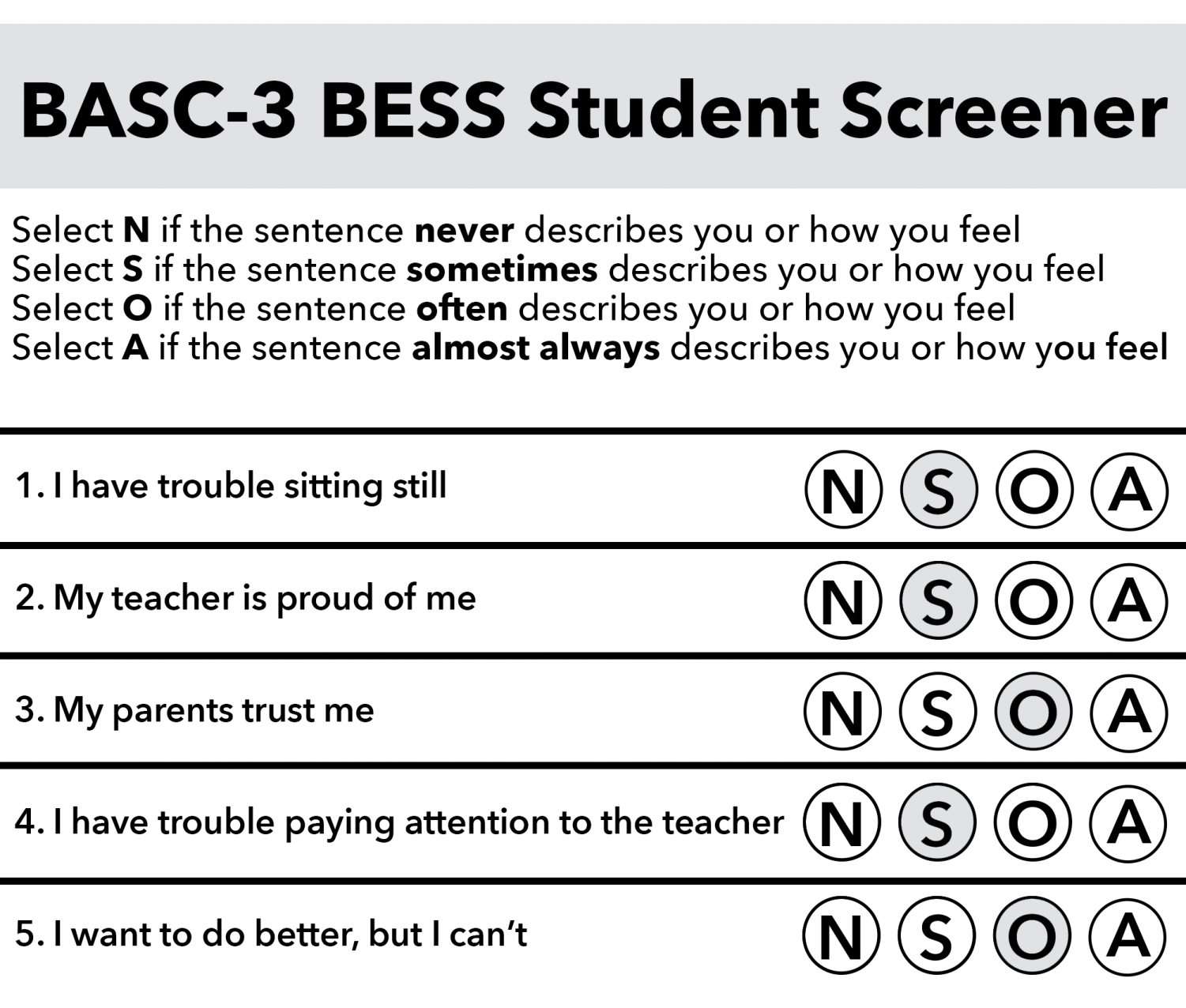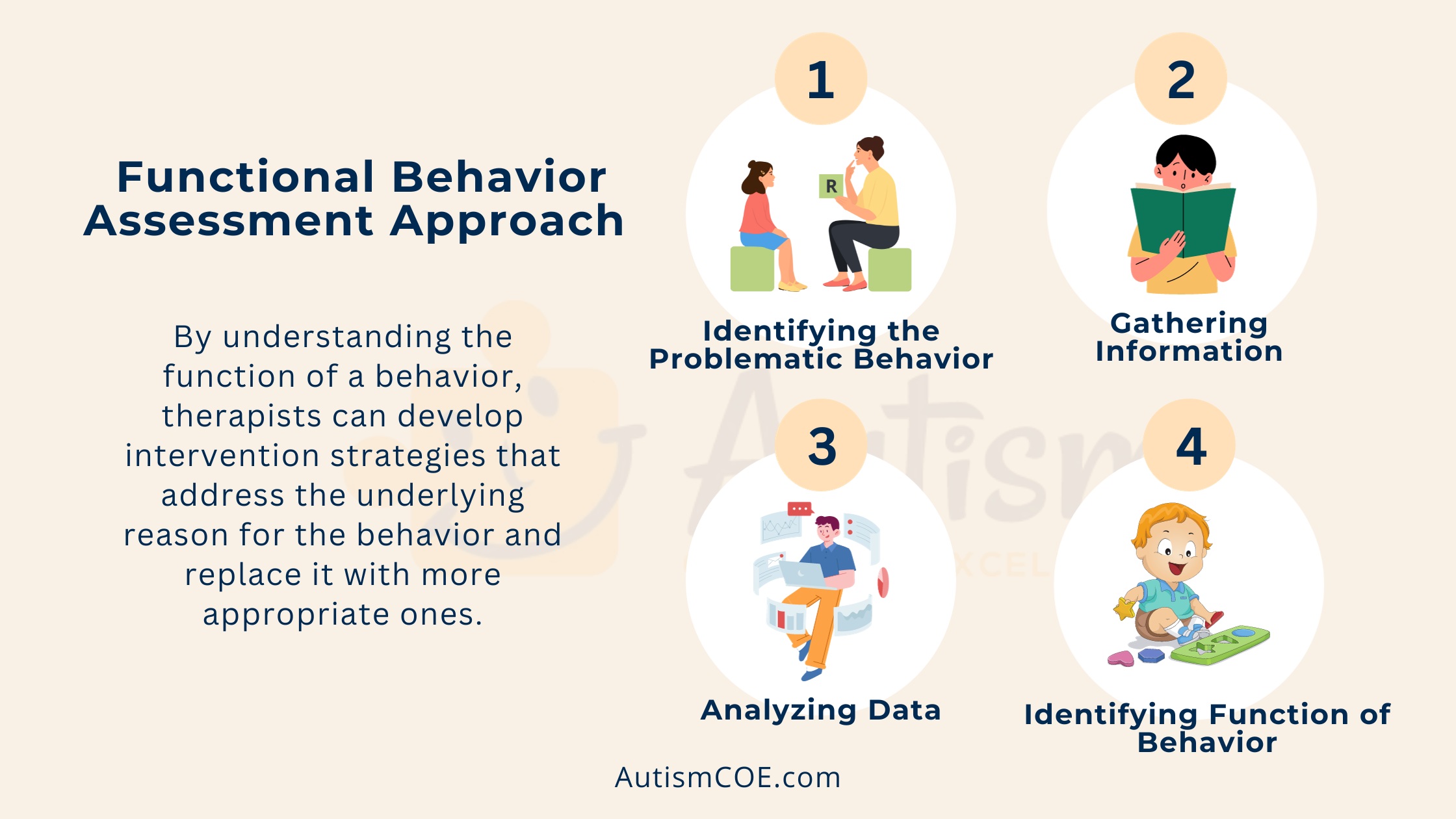Introduction
Emotionally disturbed children exhibit significant emotional and behavioral challenges that interfere with their daily functioning. The term “emotionally disturbed” (ED) is often used in educational and clinical settings to describe children with emotional and behavioral disorders that impact their ability to learn, socialize, and function effectively. According to the Individuals with Disabilities Education Act (IDEA), emotional disturbance is defined as a condition exhibiting one or more characteristics over a long period and to a marked degree that adversely affects educational performance (IDEA, 2004).
Read More- Counselling for Individuals with HIV/AIDS
Characteristics of Emotionally Disturbed Children
Emotionally disturbed children often display a range of emotional and behavioral characteristics, which can vary in severity and presentation. These characteristics include:
1. Inappropriate Behaviors and Emotions
Children with emotional disturbances may exhibit inappropriate behaviors such as frequent temper tantrums, aggression, impulsivity, defiance, and self-harm. Their emotional responses may be exaggerated or inappropriate to the situation (Gladding, 2021). These children may also struggle with regulating their emotions, leading to episodes of extreme anger or sadness.
2. Difficulty in Interpersonal Relationships
Many emotionally disturbed children find it challenging to build and maintain relationships with peers, teachers, and family members. They may struggle with social cues, exhibit withdrawal, or display excessive dependency or avoidance in social interactions (Kauffman & Landrum, 2018). These difficulties can result in isolation and increased risk of bullying.
3. Academic Challenges
Students with emotional disturbances often experience academic difficulties due to their inability to concentrate, disruptive behaviors, and lack of motivation. Their performance may be inconsistent, and they often struggle with organization and completing assignments. Studies suggest that students with emotional disturbances have higher dropout rates and lower academic achievement than their peers (Reynolds & Kamphaus, 2015).
4. Depression and Anxiety
Depression and anxiety are common among emotionally disturbed children. They may experience persistent sadness, hopelessness, excessive worries, and phobias. These mental health issues can significantly impact their ability to participate in school and social activities (Gladding, 2021).
5. Self-Harm and Suicidal Ideation
Some emotionally disturbed children engage in self-harming behaviors such as cutting, burning, or hitting themselves. They may also express thoughts of suicide, necessitating immediate intervention and support (Kauffman & Landrum, 2018).
6. Difficulty Coping with Change
These children often struggle with transitions, changes in routines, or unexpected events. Any disruption in their environment may trigger emotional outbursts or increased anxiety (Reynolds & Kamphaus, 2015).
Assessment of Emotionally Disturbed Children
Assessment of emotional disturbances in children is a multi-faceted process that involves various methods to ensure an accurate diagnosis. The key assessment strategies include:
1. Behavioral Observation
Observing a child in different environments (home, school, clinic) provides insights into their behavioral patterns. Observers look for frequency, intensity, and duration of emotional outbursts and social interactions (Gladding, 2021).
2. Standardized Psychological Testing
- Behavioral Assessment System for Children (BASC-3) – This tool measures emotional and behavioral strengths and weaknesses and is widely used in educational and clinical settings (Reynolds & Kamphaus, 2015).

BASC Screener
- Child Behavior Checklist (CBCL) – A widely recognized tool that assesses a range of emotional and behavioral problems, providing insights from parents, teachers, and the child (Achenbach & Rescorla, 2001).
- Vineland Adaptive Behavior Scales (Vineland-3) – Used to assess adaptive functioning, daily life skills, and social abilities (Sparrow, Cicchetti, & Saulnier, 2016).
3. Clinical Interviews
Structured or semi-structured interviews with children, parents, and teachers provide qualitative insights into the child’s emotional difficulties. Interviews help in understanding triggers, coping mechanisms, and family history (Gladding, 2021).
4. Functional Behavioral Assessment (FBA)
An FBA identifies the causes and consequences of problematic behaviors to guide intervention planning. This method is particularly useful in educational settings to develop behavior intervention plans (Kauffman & Landrum, 2018).

FBA
Measures for Identifying Emotional Disturbance
IDEA (2004) outlines specific criteria for identifying emotional disturbance. Measures used in identification include:
- Frequency and Severity of Symptoms – Chronicity and intensity of emotional and behavioral difficulties.
- Impact on Academic and Social Functioning – Assessing the extent to which emotional disturbances affect learning and peer interactions.
- Exclusionary Criteria – Ensuring that behaviors are not primarily due to environmental factors such as stressors, language barriers, or cultural differences.
- Multi-Tiered Systems of Support (MTSS) – A tiered intervention approach used in schools to monitor progress and provide necessary supports (Gladding, 2021).

MTSS
Treatment and Intervention Approaches
Effective treatment requires a combination of therapeutic, behavioral, and educational interventions tailored to the individual needs of the child.
1. Psychotherapy and Counseling
- Cognitive Behavioral Therapy (CBT) – A widely used approach that helps children recognize and change negative thought patterns and behaviors (Beck, 2011).
- Play Therapy – Allows younger children to express emotions and work through trauma in a safe environment (Landreth, 2012).
- Trauma-Focused Therapy – Specifically designed to address the needs of children who have experienced traumatic events (Cohen, Mannarino, & Deblinger, 2017).
2. Behavioral Interventions
- Positive Behavioral Interventions and Supports (PBIS) – A school-wide approach that reinforces positive behaviors and reduces disciplinary actions (Sugai & Horner, 2009).
- Social Skills Training (SST) – Helps children learn appropriate ways to interact with others (Matson, 2009).
- Behavioral Contracts – Agreements outlining expectations and rewards for appropriate behavior (Kauffman & Landrum, 2018).
3. Educational Interventions
- Individualized Education Programs (IEP) – Legally mandated customized plans for students receiving special education services under IDEA (2004).
- Classroom Modifications – Changes in seating, instructional methods, and environmental adjustments to accommodate emotional needs.
- Self-Regulation Strategies – Teaching techniques such as mindfulness, relaxation exercises, and emotional regulation skills (Gladding, 2021).
4. Medication Management
In some cases, psychiatric medications such as antidepressants, mood stabilizers, or stimulants may be prescribed to manage symptoms of anxiety, depression, or ADHD (American Psychiatric Association, 2013).
Conclusion
Emotionally disturbed children require a comprehensive and individualized approach to assessment and treatment. Through psychological assessments, behavioral strategies, educational interventions, and therapeutic support, professionals can help improve their emotional well-being and academic success.
References
Gladding, S. T. (2021). Counseling: A Comprehensive Profession (9th ed.). Pearson.
Kauffman, J. M., & Landrum, T. J. (2018). Characteristics of Emotional and Behavioral Disorders of Children and Youth (11th ed.). Pearson.
Reynolds, C. R., & Kamphaus, R. W. (2015). Behavior Assessment System for Children (3rd ed.). Pearson.
IDEA. (2004). Individuals with Disabilities Education Act. U.S. Department of Education.
Beck, A. T. (2011). Cognitive Therapy: Basics and Beyond. Guilford Press.
Subscribe to Careershodh
Get the latest updates and insights.
Join 16,370 other subscribers!
Niwlikar, B. A. (2025, March 6). Emotionally Disturbed Children and 6 Important Characteristic Features. Careershodh. https://www.careershodh.com/emotionally-disturbed-children/
